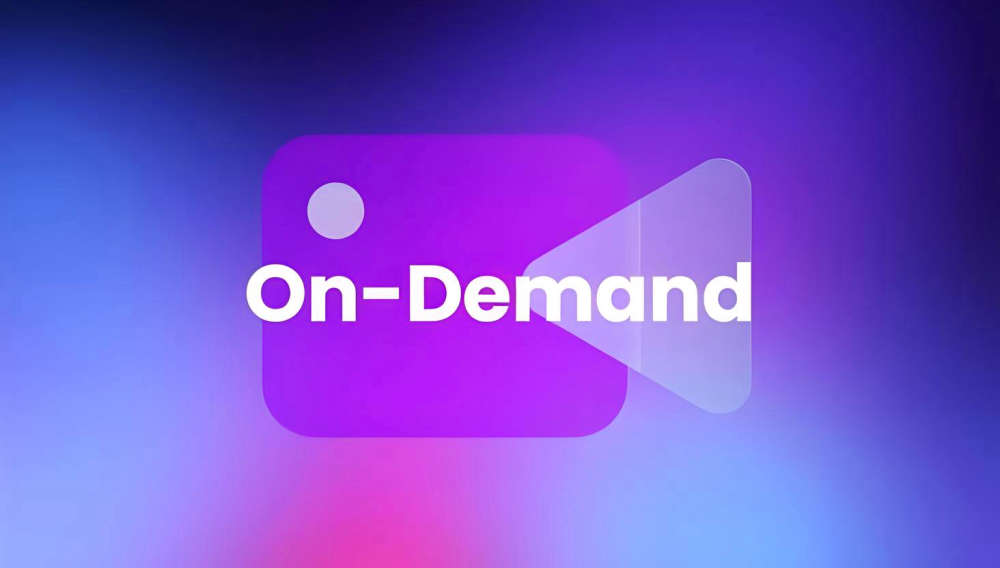
Many Australians will enjoy cheaper visits to the doctor from this weekend, when a $7.9 billion overhaul of the bulk billing system comes into effect.
Many Australians now have access to cheaper visits to the doctor, after a $7.9 billion overhaul of the bulk billing system came into effect.
But not everyone gets to benefit from right away, with the government projecting it will take years for most GP practices to sign on to the scheme.
So what's actually changed, and what does it mean for you? This is what you need to know.
READ MORE: If you were on Facebook 10 years ago, you may be eligible for a share of $50 million

What has changed for bulk billing incentives?
Under the previous system, the federal government incentivised doctors to provide bulk-billed consultations to children under 16 or patients who have a Commonwealth concession card.
However, from Saturday, November 1, the scheme has been expanded so the incentive now covers anyone with a Medicare card.
The government has also introduced the Bulk Billing Practice Incentive Program (BBPIP) – an extra 12.5 per cent incentive payment to be split between doctors and practices that sign up for the program.
READ MORE: New financial 'pain' coming for Aussies - but there's a silver lining
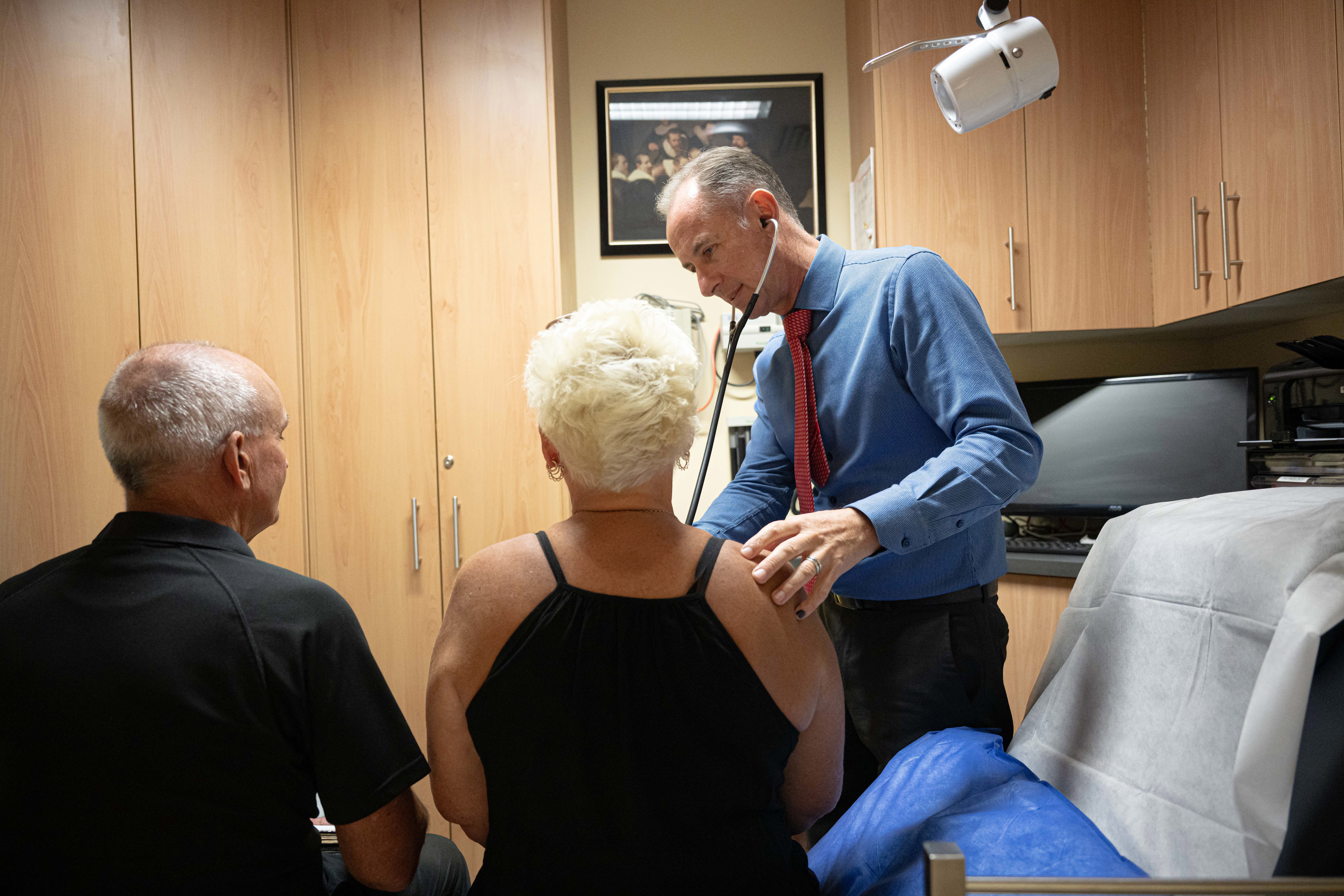
Why have these changes been made?
The changes were announced in the lead-up to this year's federal election campaign.
While it was partly a political move from the Labor government aimed at exploiting a perceived weakness of then-opposition leader Peter Dutton due to his stint as health minister, it's also aimed at addressing the declining bulk billing rate.
In 2020, the figure was sitting at a record high of 89 per cent. In 2024, it had fallen to 78 per cent (admittedly up fractionally from 77 per cent the year before).
The government says the overhaul will drive the bulk billing rate up to 90 per cent by 2030.
READ MORE: Contraceptives to be two-thirds cheaper after being added to PBS
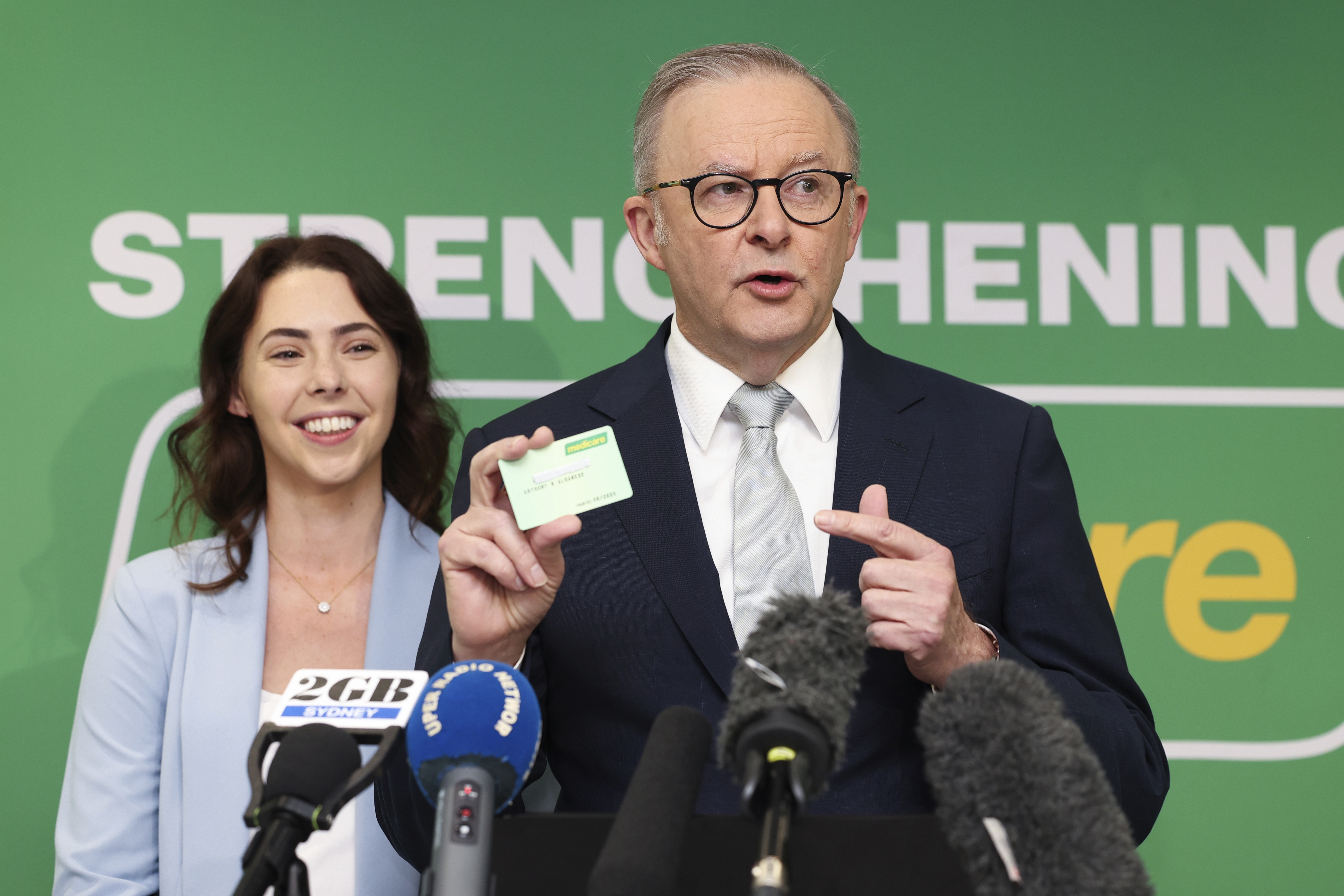
So does this mean free GP visits for (almost) everyone?
That's the idea – the government wants as many Australians as possible to access free doctor appointments.
In practice, it's going to take a while for GPs across the country to sign on to the new scheme, although the government insists it's happy with the uptake so far.
A few days out from its introduction, more than 1000 practices had indicated they would move to full bulk billing from November 1.
To hit its 90 per cent bulk billing rate target, the government in February said it needs 4800 practices on board (although about 1600 were already fully bulk billing before the changes came into effect).
That leaves a shortfall of about 2200 to close over the next few years.
Health Minister Mark Butler is confident, though, that more providers are going to join.
"They're going through those numbers, obviously making their own assessment about whether the practice will be better off and whether general practitioners, the GPs that work in their practice, will be better off," he told reporters the Monday before the scheme started.
"Already a couple of thousand of them have indicated that they're going to do that.
READ MORE: Microsoft Australia allegedly misled millions of Aussies: watchdog
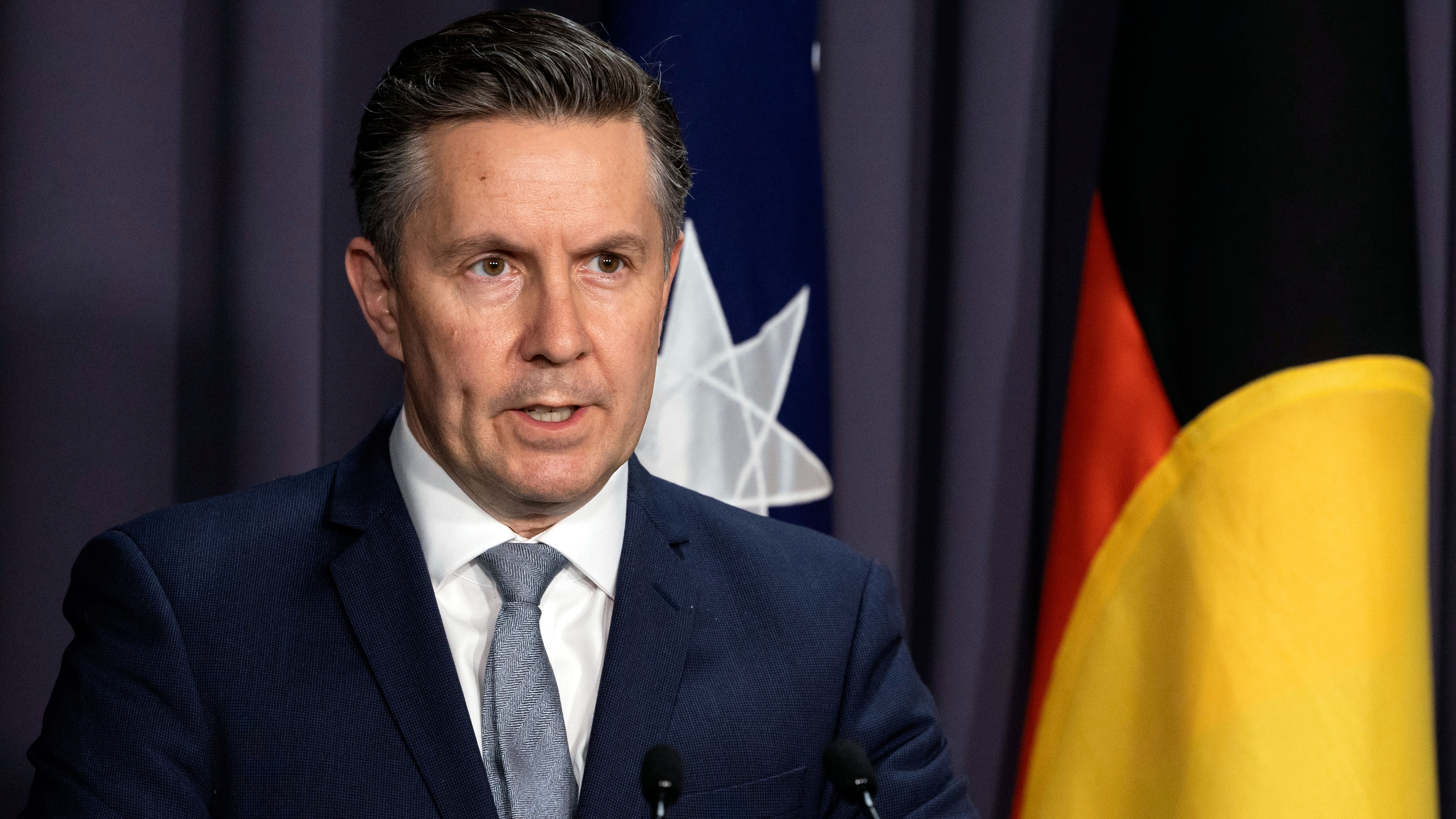
"Now, a number of them are already bulk-billing practices but… almost a thousand of them are practices that this week are charging gap fees, but they've indicated next week they'll be fully bulk billing.
"I expect there to be a significant number of practices that make that same communication to us over the course of this week before Saturday as well."
He also said he expects the numbers to rise over the coming years and that he was "delighted" at the initial level of support.
READ MORE: Australia Post reveals deadline for mailing Christmas parcels
What does it mean for doctors?
GPs weren't particularly happy with the 12.5 per cent BBPIP payment being split between doctors and practices, claiming it favours larger corporate clinics and could be a barrier to some providers signing up.
However, the government says doctors will be financially far better off under the new system.
"Two years ago, a full-time, fully bulk-billing GP would have been earning about $280,000 a year after they paid their practice costs," Butler said.
"From this weekend, they'll be earning $405,000 a year, a $125,000 increase.
"This investment is obviously good for the Medicare system, good for patients, but it's also good for GPs themselves."
DOWNLOAD THE 9NEWS APP: Stay across all the latest in breaking news, sport, politics and the weather via our news app and get notifications sent straight to your smartphone. Available on the Apple App Store and Google Play.
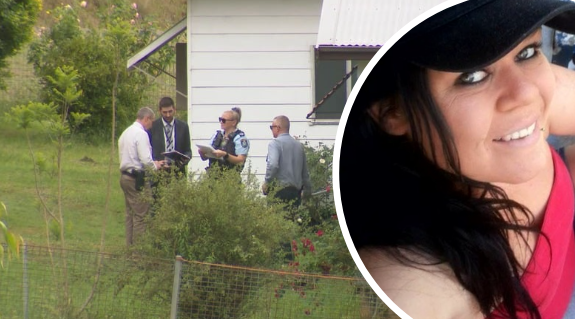 Man arrested after woman found dead in Hunter Valley home
Man arrested after woman found dead in Hunter Valley home
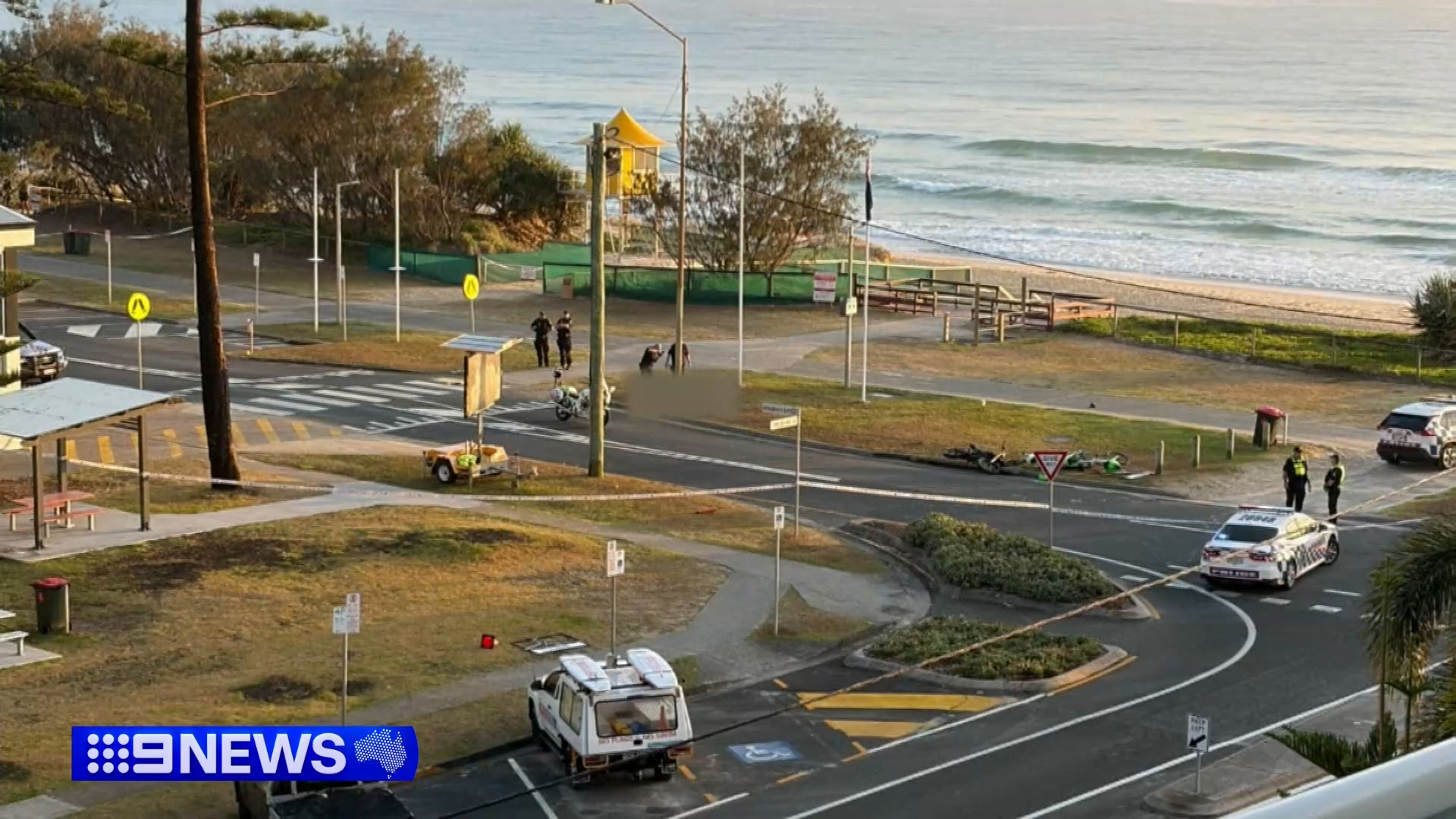 Teen dies after electric dirt bike crash on the Gold Coast
Teen dies after electric dirt bike crash on the Gold Coast
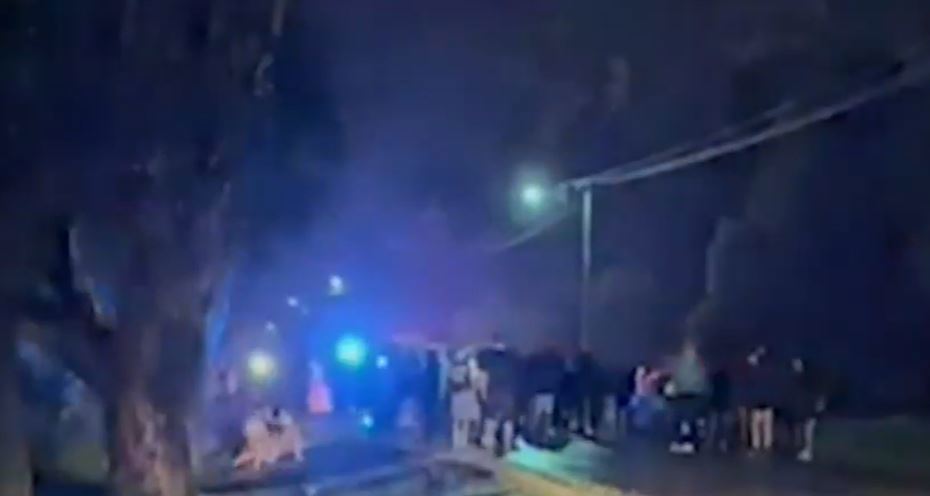 Halloween house-party explodes into chaos in Perth
Halloween house-party explodes into chaos in Perth
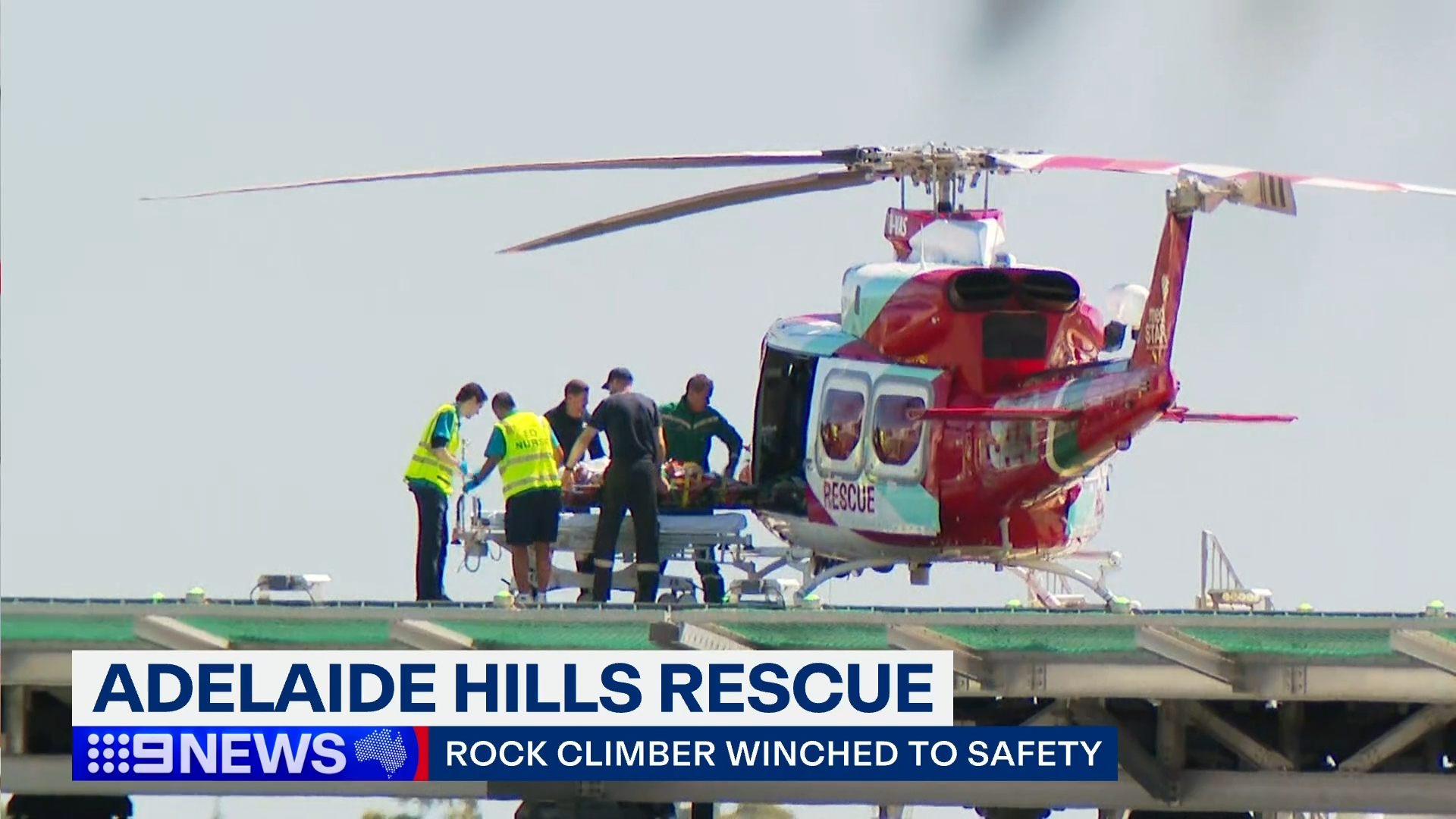 Rock climber's dramatic rescue after getting tangled in ropes
Rock climber's dramatic rescue after getting tangled in ropes
 Beers recalled over fears cans could 'burst'
Beers recalled over fears cans could 'burst'
 Melbourne teen injured in street fight as families celebrate Halloween
Melbourne teen injured in street fight as families celebrate Halloween
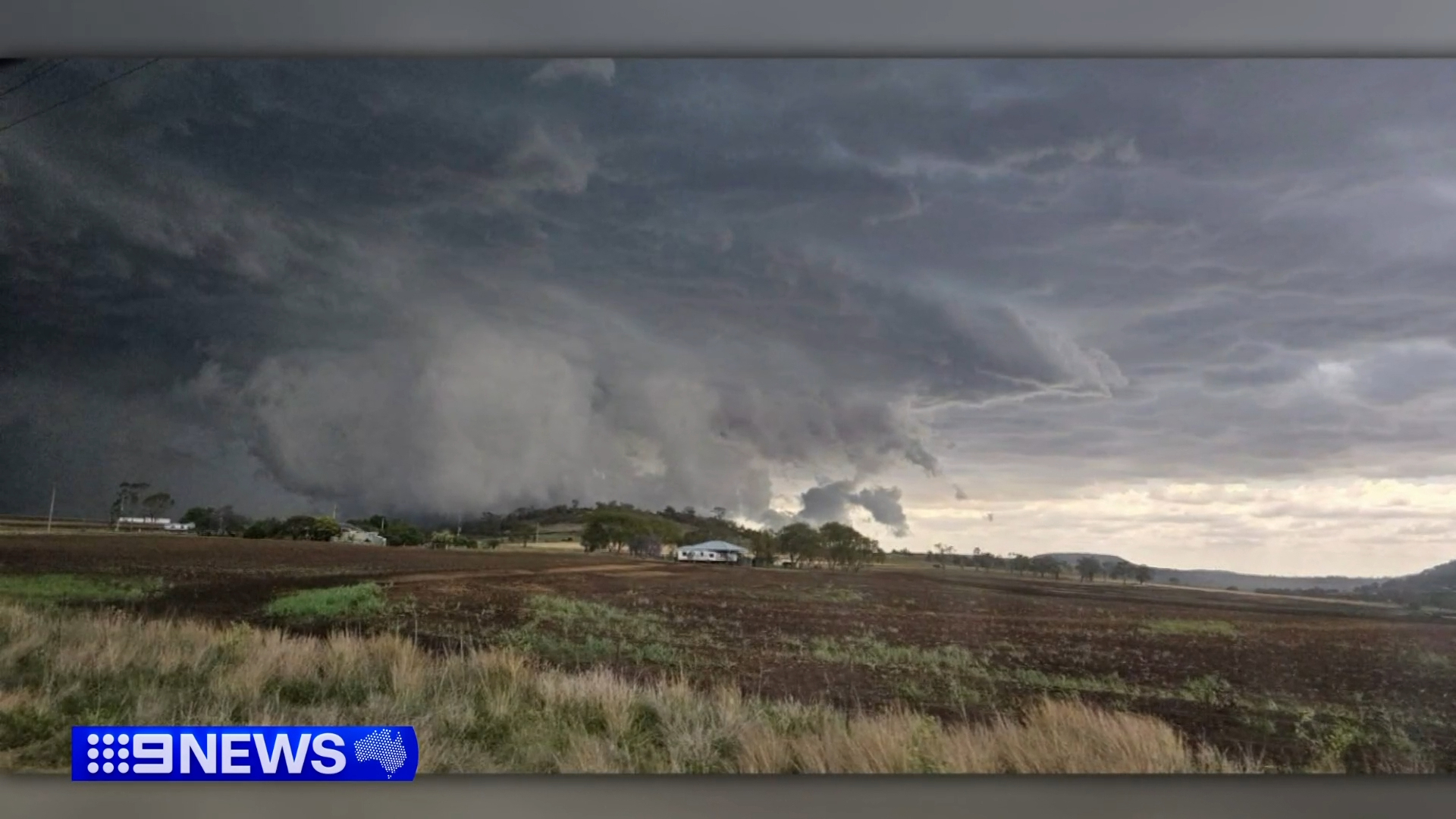 Power cut to hundreds as severe storm pummels Queensland
Power cut to hundreds as severe storm pummels Queensland
 'Morons': Liam Gallagher blasts fan after first Oasis gig in Melbourne
'Morons': Liam Gallagher blasts fan after first Oasis gig in Melbourne
 Are Christmas advertising and promotions getting earlier each year?
Are Christmas advertising and promotions getting earlier each year?
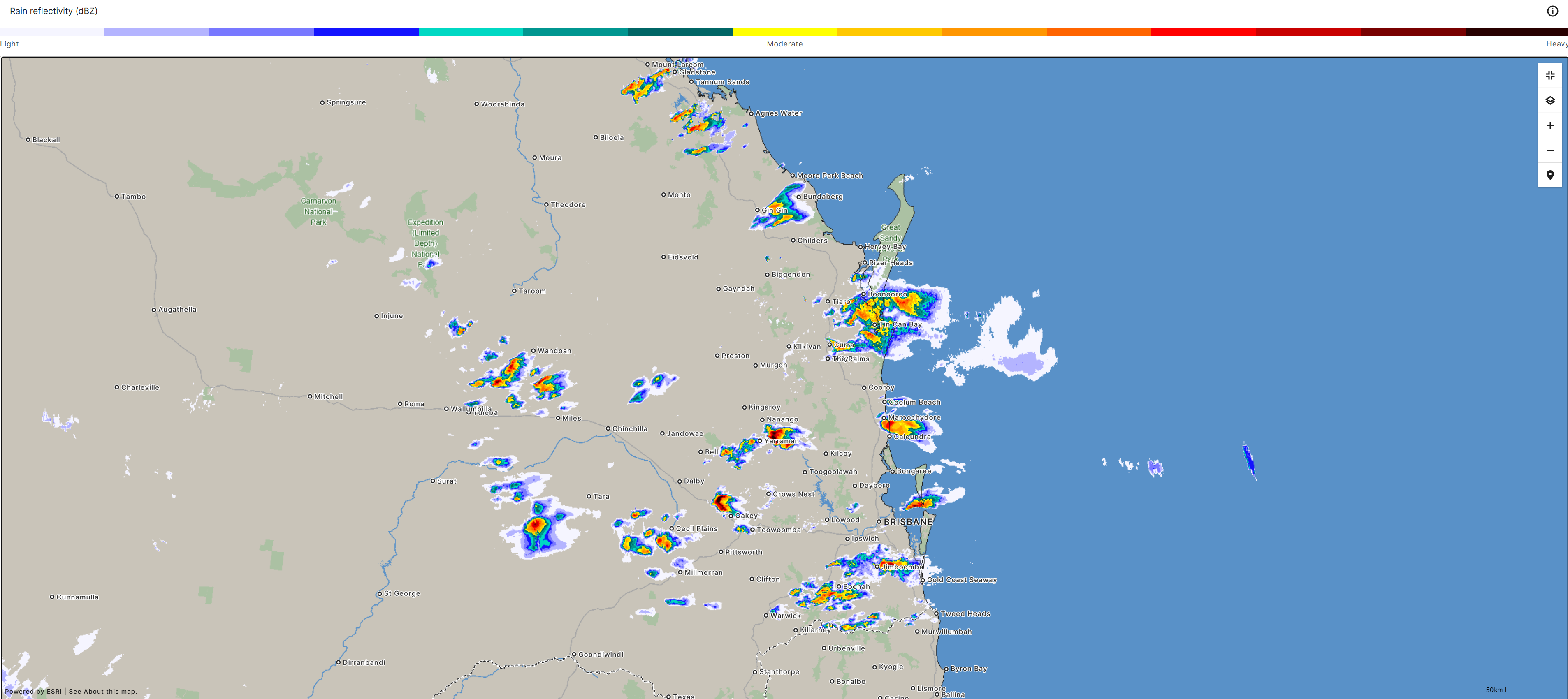 BoM backflips on controversial rain radar on new website
BoM backflips on controversial rain radar on new website
 Bank that sacked thousands of Aussies hit by $1.1 billion blow
Bank that sacked thousands of Aussies hit by $1.1 billion blow
 If you have this passport, you might be called on for compulsory military service
If you have this passport, you might be called on for compulsory military service




